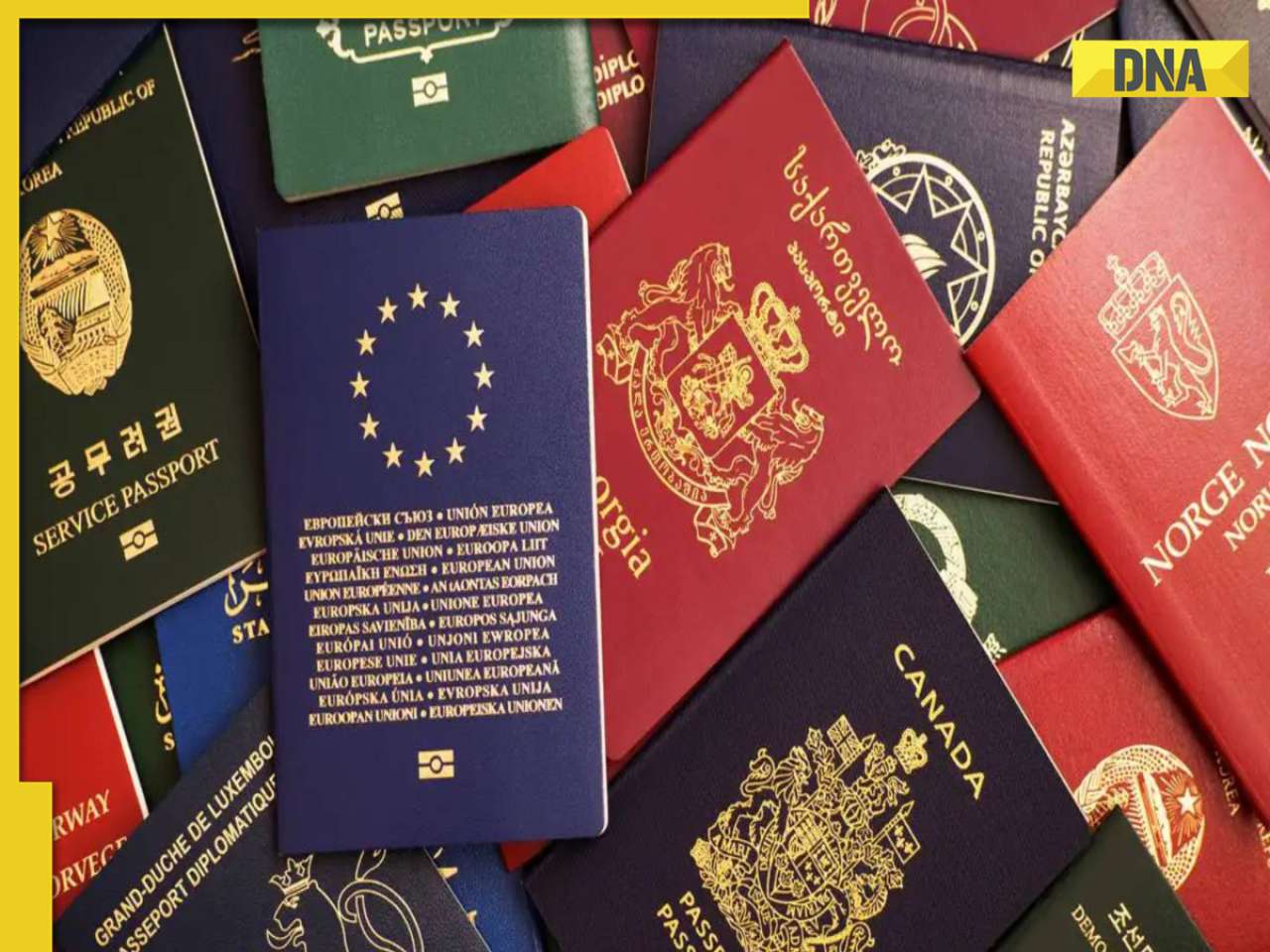- LATEST
- WEBSTORY
- TRENDING
WORLD
World Elephant Day 2021: Know the differences between the Asian and the African elephant
The similarity: Both Asian and African elephants face a number of dangers, including poaching, habitat degradation and mistreatment in captivity.
TRENDING NOW
World Elephant Day is marked every year on August 12 to appreciate the importance of elephants in our biosphere. The first World Elephant Day was held in 2012, with the issue of Asian and African elephants being recognized.
The programs on this day were organised by the Elephant Reintroduction Foundation in Thailand and Canadian filmmaker Patricia Sims. Her aid group, the World Elephant Society, has educated many people and raised global awareness for elephant protection throughout the years.
The Society collaborates with over a hundred elephant conservation organisations. It also encourages individuals and organisations to remember the day by hosting events throughout the world.
Difference between African elephants and Asian elephants
- Teeth shape: Elephant teeth are all premolars or molars. The scientific name for African elephants is Africana Loxadonta, which refers to their sloping teeth. The Asian elephant’s teeth, on the other hand, have a compacted diamond-shaped pattern.
- Toenails: African elephants are of two kinds, bush elephants and forest elephants. Forest elephants have five front toenails and four rear toenails, while bush elephants have four front toenails and three back toenails. However, Asian elephants have five front toenails and four back toenails.
- Tusk: Tusks can be found on both male and female African elephants, but only male Asian elephants have them. Female Asian elephants also have tushes, rudimentary tusks, which some males also have. It's worth mentioning, though, that not all male Asian elephants develop tusks, and that while both genders of African elephants have tusks, there are certain situations when they don't. African elephant tusks are often larger than Asian elephant tusks.
- Shape of head: African elephants have broader, rounder skulls with a single dome shape at the top. Elephants in Asia have a twin-domed head with an indentation going up the middle.
- Texture of skin: The skin of African elephants is more wrinkled than that of Asian elephants, which is smoother. This is linked to the African elephant's skin having larger wrinkles, which help them to hold water, allowing the animals to stay cool and avoid dehydration in their dry environment.
- Ribs: Each elephant have different numbers of ribs, although African elephants have up to 21 pairs of ribs compared to the Asian elephant's average of 20 pairs.
- Lifespan: Elephants, in fact, are among the world's longest-lived mammals, having survived longer than any other mammals besides humans. African elephants have a lifespan of 70 years and Asian elephants have a lifespan of 48 years.
- Shape of lower lips: The lower lips of African elephants are short and rounded, while the lower lips of Asian elephants are long and pointed.
- Ears: Elephants in Africa have significantly bigger ears. The ears of Asian elephants are smaller and more semi-circular. Elephants' ears are used to vent body heat in both species.
- Height and weight: The African elephant's shoulders are the tallest points, but the Asian elephant's back is its tallest point. Adult African elephants weigh about 4,000 to 8,000 kilograms. Lighter than their African counterparts, the Asian elephants weigh between 3000 and 6,000 kilograms.
Similarity
Elephant populations are steadily dropping, which is not unexpected. Both Asian and African elephants, face a number of dangers, including poaching, habitat degradation, and mistreatment in captivity.







)



























































